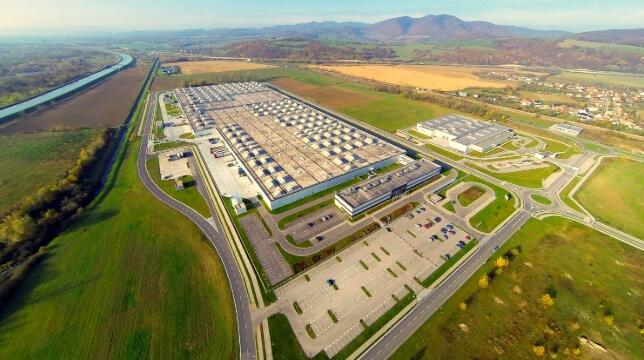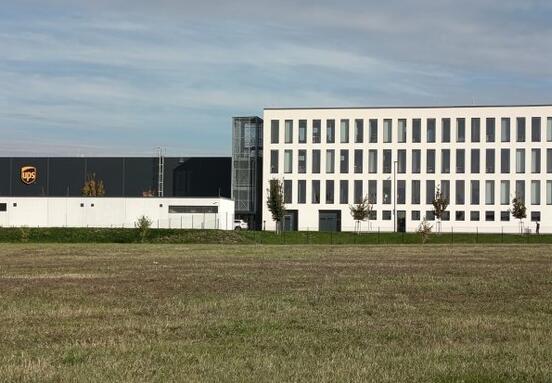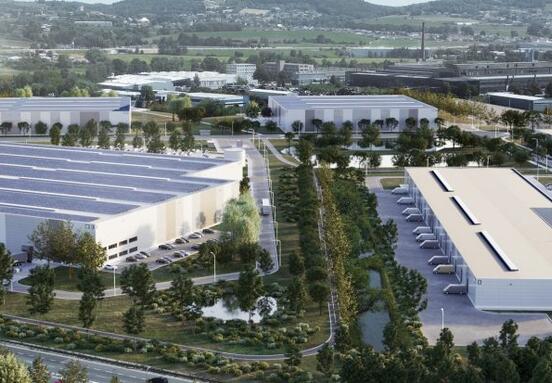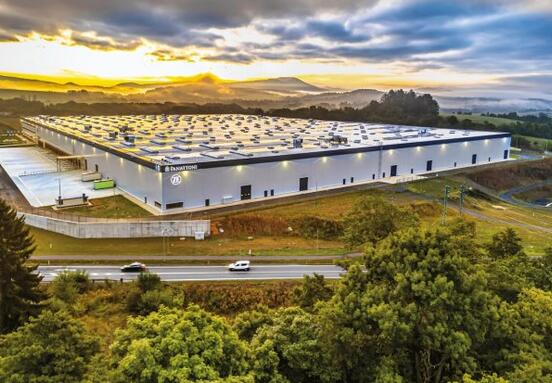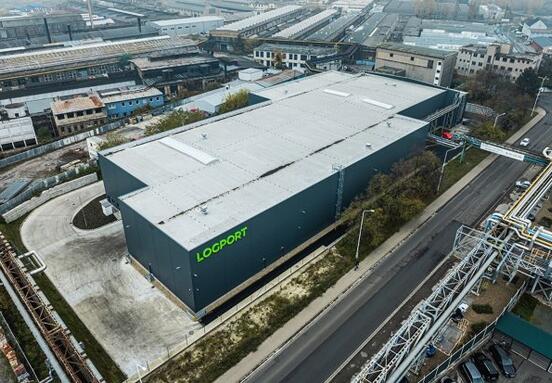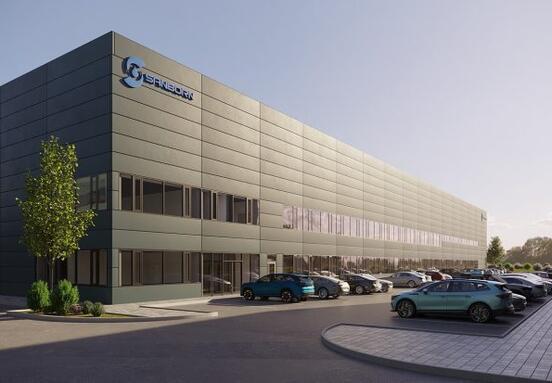The Evolving Landscape of Logistics Property Demand
The European logistics sector is buzzing with activity, as a staggering 96% of tenants plan to expand their capacity in the next 12 months. This robust short-term outlook underscores continued growth in the logistics and industrial property sector. However, the horizon for the next three years shows a more cautious approach, with only 46% of businesses planning further expansion of their warehouse space. This strategic pause is a natural reaction to the current geopolitical and macroeconomic challenges impacting global supply chains.
Driving much of the current demand for commercial property are third-party logistics (3PL) providers and companies in the postal and parcel services sector. This trend highlights the ongoing shift towards outsourcing supply chain management and the relentless growth of e-commerce, underscoring the vital role of efficient logistics expansion in modern business operations.
Tenants Take the Driver's Seat in Property Negotiations
The current market dynamics present a significant advantage for logistics tenants. Unlike the constrained options during the pandemic, businesses now have greater leverage to negotiate favorable rent prices and demand modernizations for industrial property. This shift empowers businesses seeking warehouse space to be more selective and demanding when choosing locations and buildings for their logistics operations.
The decision-making process for tenants has evolved beyond merely focusing on property costs. Broader strategic business aspects and portfolio optimization are now key considerations. Businesses are identifying up to seven critical factors when choosing a location and five for the building itself, indicating a comprehensive approach to securing the best commercial property.
What Matters Most: Key Factors for Choosing Your Next Logistics Property
Location, Location, Location: Beyond Just Geography
When evaluating potential sites for logistics expansion, accessibility and labour costs have emerged as paramount factors. The ease of access for transportation networks and the availability of a skilled workforce are crucial for efficient operations. Furthermore, the immediate availability of suitable property remains a significant concern, reflecting the competitive nature of the market for prime industrial property.
Beyond the Basics: Building Features That Count
While property costs remain a decisive factor at the building level, tenants are increasingly prioritizing features that offer long-term value and operational resilience. Sustainable features, such as energy-efficient designs and renewable energy integration, are gaining importance. Equally critical is the assurance of a stable energy supply, a direct response to recent energy market volatility, making it a key consideration for secure and uninterrupted logistics operations.
Sustainability and ESG: A Growing Imperative for Logistics Tenants
The drive towards environmental responsibility is significantly influencing tenant demands. Half of logistics tenants aim to have properties with a zero carbon footprint by 2030, although some have adjusted their timelines from previous plans. This commitment to sustainable warehousing is not just about certifications; tenants are actively seeking tangible benefits from ESG elements. Innovations like heat pumps and battery storage are prime examples of sustainable features that directly translate into commercial advantages, offering both environmental benefits and operational cost savings.
The current market favors informed and strategic businesses looking for warehouse space. By understanding these evolving demands and leveraging the increased negotiation power, companies can secure industrial property that not only meets their immediate operational needs but also supports their long-term strategic and sustainability goals.
Source: property-forum.eu
